#radio telescope
Text




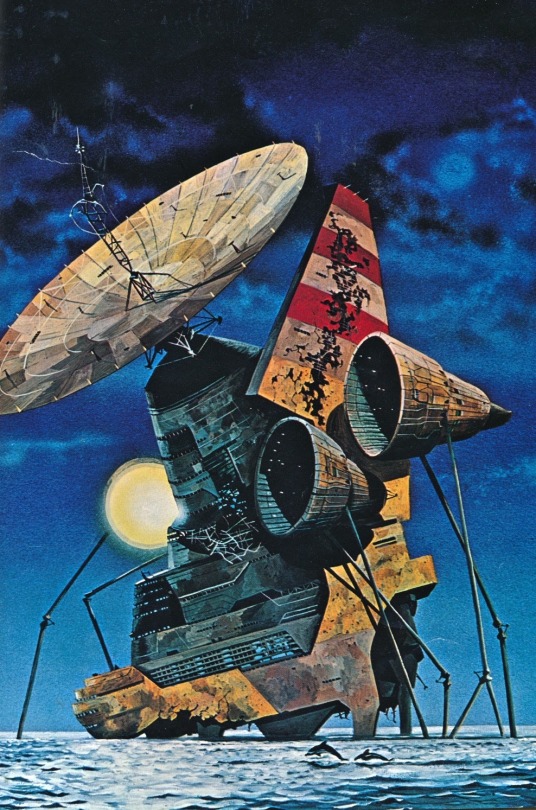
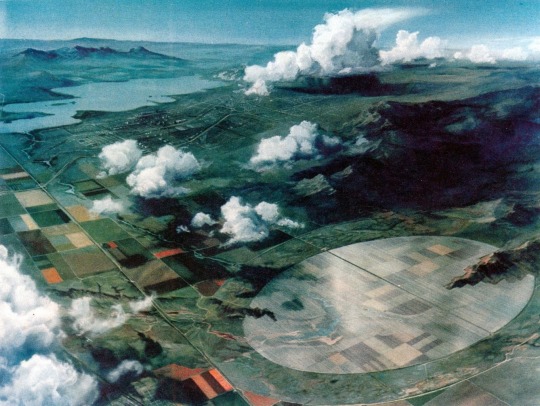
📡 Manchu, Paul Alexander, David A Hardy, Isaac Yeram Kim, Colin Hay, Jack Olsen
901 notes
·
View notes
Text

Commission for @foxgirlchorix of a foxgirl robot with just, like, absolutely MASSIVE radio telescope ears.
#commission#amateur astronomy#i might not do furry art on my own time but i will draw it if you pay me!#radio telescope#telescope#dobsonian telescope#astronomy#foxgirl#fox girl#robot girl#robotgirl#foxgirl robot#furry art#sfw furry art#furry#whirry
133 notes
·
View notes
Text
A small mission to test technology to detect radio waves from the cosmic Dark Ages over 13.4 billion years ago will blast off for the far side of the moon in 2025.
The Lunar Surface Electromagnetic Experiment-Night mission, or LuSEE-Night for short, is a small radio telescope being funded by NASA and the U.S. Department of Energy with involvement from scientists at the Lawrence Berkeley National Laboratory, the Brookhaven National Laboratory, the University of California, Berkeley and the University of Minnesota. LuSEE-Night will blast off as part of NASA's Commercial Lunar Payloads program.
The Dark Ages are the evocative name given to the period of time after the Big Bang, when the first stars and galaxies were only just beginning to form and ionize the neutral hydrogen gas that filled the universe. Little is known about this period, despite efforts by the James Webb Space Telescope to begin probing into this era.
Continue Reading.
55 notes
·
View notes
Text

Jodrell Bank II
#tim dennis#canon#photography#lensblr#tim dennis.tumblr#70d#canon 70d#original photographers#landscape#pws#landscapeexposurenetwork#Jodrell Bank#telescope#radio telescope#science#space
19 notes
·
View notes
Text


Cold planet for warm transmissions!
#art#scifi#cyberpunk#sci fi#science fiction#digital art#scifiart#aesthetic#futuristic#scifi art#planet#alien planets#planets#radio#radio telescope#radiology#snow#cold#night#space colony#antena#antenna#mountains
29 notes
·
View notes
Text

A la surface d'un autre monde.
(Août 2023).
A Julie…
© Quentin Douchet.
19 notes
·
View notes
Text
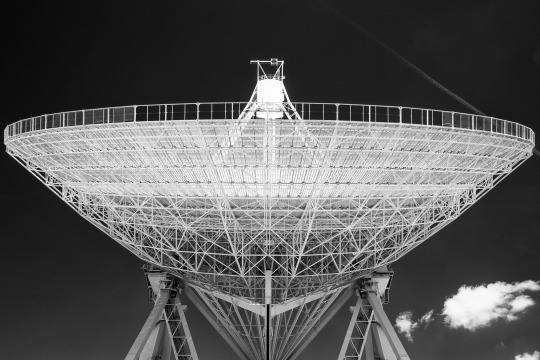
Radioteleskop Effelsberg
#Effelsberg#Eifel#radiotelescope#radio telescope#radio astronomy#astronomy#physics#infrared#infrated#infrarot#ir#astrophysics#observatory
7 notes
·
View notes
Text
Aliens RESPOND to the Arecibo Message!
It may be a surprise, but I am only now reading 1st book on UFOs ( I have been mostly interested in aliens as fiction or in ttRPGs). I just learned about the Arecibo Message.
Frank Drake sent a message of 1679 bits to his fellow UFO friends and said that this was a mathematical message he wanted to send to the aliens. While not all cultures share language, we all share math.
To test if it was…

View On WordPress
#adventure#alien#aliens#Arecibo Message#cartoon#Cartooning#exploration#fiction#funny#life on other worlds#martians#math#pixel art#prime numbers#radio telescope#rpg#science fiction#search for intelligent life#semi-prime numbers#semiprime numbers#semiprimes#spaceship#Tabletop RPGs#the truth is out there#UAP#UFO#Unidentified Aerial Phenomenon#Unidentified Flying Object
2 notes
·
View notes
Photo

Radio telescope sub-reflector
11 notes
·
View notes
Photo
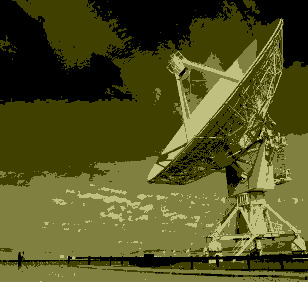
5 notes
·
View notes
Photo

#ufo#alien#signal#radio telescope#radio waves#wow!#6EQUJF#contact#intelligence#message#stars#astronomy#HD#high definition#300dpi#hi-res#hi resolution#print#wall art
4 notes
·
View notes
Text


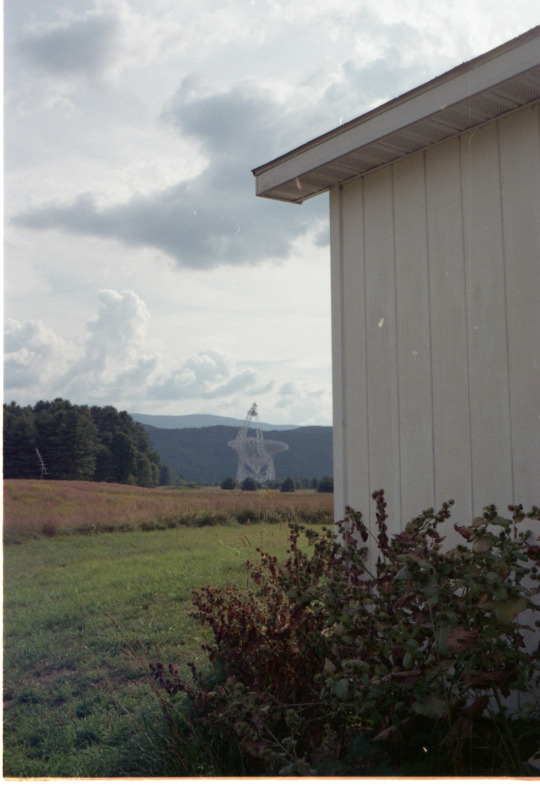
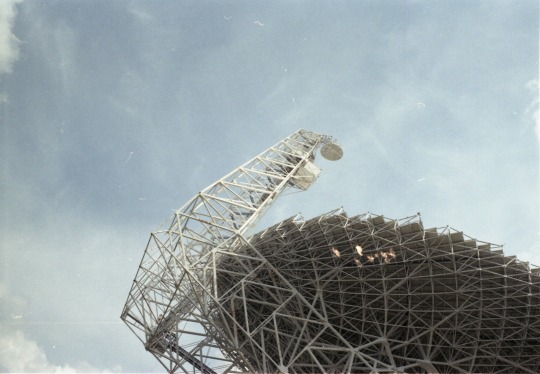
Green Bank, WV
#film photography#film#35mm#konica minolta hi-matic f#photography#green bank#west virginia#ishootfilm#filmisnotdead#the universe is listening#radio telescope
8 notes
·
View notes
Photo

World’s largest solar telescope array is now complete
On the edge of the Tibetan Plateau, engineers just finished mounting the final pieces of hardware onto the world’s largest telescope array for studying the Sun.
Construction of the Daocheng Solar Radio Telescope (DSRT), which consists of more than 300 dish-shaped antennas forming a circle more than 3 kilometres in circumference, was completed on 13 November. Trial operations will begin in June. The 100 million yuan (US$14 million) observatory will help researchers to study solar eruptions and how they affect conditions around Earth.
7 notes
·
View notes
Link
After 30 years of planning and negotiations, construction begins this week on the Square Kilometre Array (SKA), the world’s largest radio-astronomy observatory. The giant instrument—to be built across sprawling sites in Australia and Africa—will collect the radio signals emitted by celestial objects and will hopefully shed light on some of the most enigmatic problems in astronomy, such as the nature of dark matter and how galaxies form.
On Monday, astronomers and local communities will travel to the remote sites in South Africa’s Northern Cape and Western Australia to celebrate the milestone with officials from the SKA Observatory (SKAO), the intergovernmental organization in charge of the telescopes.
“We’re basically setting the foundation of this instrument for the next 50 years,” says Lindsay Magnus, the director of the telescope being built in South Africa, who is based in Cape Town, South Africa. “That’s the exciting part—this is a long-term legacy.”
Continue Reading.
#Science#Astronomy#Square Kilometre Array#radio telescope#Space#Australia#Africa#South Africa#radio astronomy#stem
132 notes
·
View notes
Text

Jodrell Bank
#Jodrell Bank#telescope#radio telescope#dish#science#tim dennis#canon#photography#lensblr#tim dennis.tumblr#70d#canon 70d#original photographers#landscape#pws#landscapeexposurenetwork#Cheshire
15 notes
·
View notes
Text
Hey, science side of tumblr: legitimate question of scientific and technological curiosity here!
What would it take to convert a radio telescope into a radar telescope?
For context: I’m writing, and what I’m writing involves radio telescopes. I had assumed, perhaps incorrectly, that most radio telescopes could be used as both receivers and transmitters, believing due to the parabolic-dish nature of many of both such devices, there’d be a relative ease of conversion. But thinking about it, the circuits required to transmit and receive radio waves are quite different from one another. So that nixes my initial thoughts.
However, I just found out about the Goldstone Deep Space Communications Complex, aka the Goldstone Observatory, which not only uses parabolic radio antennae as radio telescopes, but also (and mainly) as a communications array for NASA to keep in touch and transfer data to/from its satellites and deep-space probes. Structurally, the Goldstone radio antennae look not so different from those at, say, the Green Bank Observatory, but I know there’s some sort of equipment that sets them apart.
What I’d like to know is, what equipment is it that sets these dual-function dishes apart, exactly, and what would it take to convert a radio telescope for that function?
Thanks!
( @nasa longshot tag but- )
#science#science side help me#radio telescope#radio transmissions#radio#radio astronomy#science side of tumblr#question#science question#astronomy question#physics question#writing#nasa help#nasa
4 notes
·
View notes